
Documents such as PDFs, graphs, charts, and dashboards are rich sources of data that, when extracted and organized, provide informative decision-making insights. From automating financial statement processing to improving business intelligence workflows, intelligent document processing is becoming a core component of AI solutions in enterprises. Organizations can accelerate the AI��
]]>
Vision language models (VLMs) have transformed video analytics by enabling broader perception and richer contextual understanding compared to traditional computer vision (CV) models. However, challenges like limited context length and lack of audio transcription still exist, restricting how much video a VLM can process at a time. To overcome this, the NVIDIA AI Blueprint for video search and��
]]>
When interacting with transformer-based models like large language models (LLMs) and vision-language models (VLMs), the structure of the input shapes the model��s output. But prompts are often more than a simple user query. In practice, they optimize the response by dynamically assembling data from various sources such as system instructions, context data, and user input.
]]>
This is the first post in the LLM Benchmarking series, which shows how to use GenAI-Perf to benchmark the Meta Llama 3 model when deployed with NVIDIA NIM. Researchers from the University College London (UCL) Deciding, Acting, and Reasoning with Knowledge (DARK) Lab leverage NVIDIA NIM microservices in their new game-based benchmark suite, Benchmarking Agentic LLM and VLM Reasoning On Games��
]]>
The growing volume and complexity of medical data��and the pressing need for early disease diagnosis and improved healthcare efficiency��are driving unprecedented advancements in medical AI. Among the most transformative innovations in this field are multimodal AI models that simultaneously process text, images, and video. These models offer a more comprehensive understanding of patient data than��
]]>
Large language models (LLMs) have shown remarkable generalization capabilities in natural language processing (NLP). They are used in a wide range of applications, including translation, digital assistants, recommendation systems, context analysis, code generation, cybersecurity, and more. In automotive applications, there is growing demand for LLM-based solutions for both autonomous driving and��
]]>
In today��s data-driven world, the ability to retrieve accurate information from even modest amounts of data is vital for developers seeking streamlined, effective solutions for quick deployments, prototyping, or experimentation. One of the key challenges in information retrieval is managing the diverse modalities in unstructured datasets, including text, PDFs, images, tables, audio, video��
]]>
Vision language models (VLMs) are evolving at a breakneck speed. In 2020, the first VLMs revolutionized the generative AI landscape by bringing visual understanding to large language models (LLMs) through the use of a vision encoder. These initial VLMs were limited in their abilities, only able to understand text and single image inputs. Fast-forward a few years and VLMs are now capable of��
]]>
Master prompt engineering, fine-tuning, and customization to build video analytics AI agents.
]]>
The introduction of the NVIDIA Jetson Orin Nano Super Developer Kit sparked a new age of generative AI for small edge devices. The new Super Mode delivered an unprecedented generative AI performance boost of up to 1.7x on the developer kit, making it the most affordable generative AI supercomputer. JetPack 6.2 is now available to support Super Mode for Jetson Orin Nano and Jetson Orin NX��
]]>
This post was originally published July 29, 2024 but has been extensively revised with NVIDIA AI Blueprint information. Traditional video analytics applications and their development workflow are typically built on fixed-function, limited models that are designed to detect and identify only a select set of predefined objects. With generative AI, NVIDIA NIM microservices��
]]>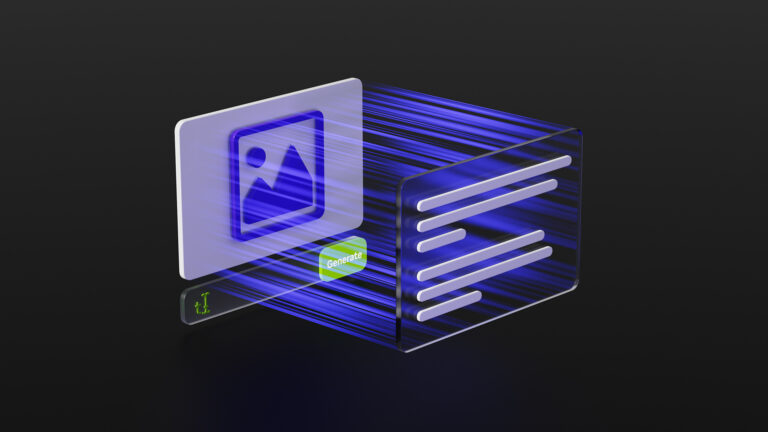
Now available in preview, NVIDIA VILA is an advanced multimodal VLM that provides visual understanding of multi-images and video.
]]>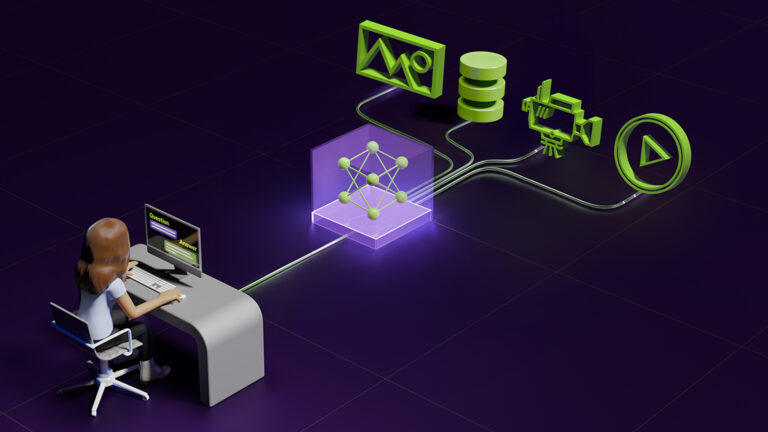
Building a question-answering chatbot with large language models (LLMs) is now a common workflow for text-based interactions. What about creating an AI system that can answer questions about video and image content? This presents a far more complex task. Traditional video analytics tools struggle due to their limited functionality and a narrow focus on predefined objects.
]]>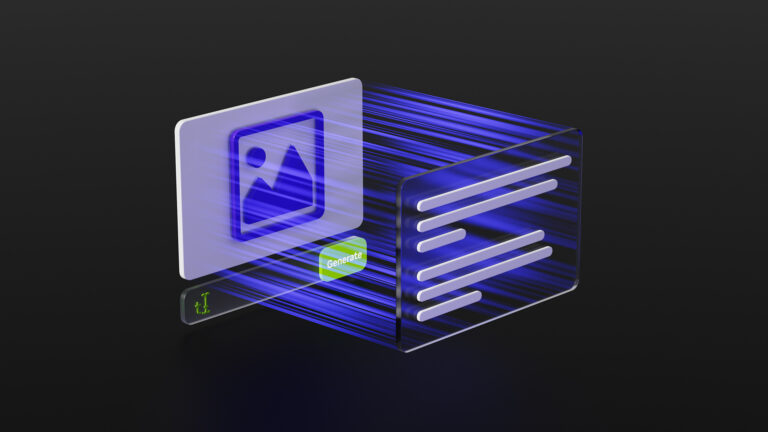
The exponential growth of visual data��ranging from images to PDFs to streaming videos��has made manual review and analysis virtually impossible. Organizations are struggling to transform this data into actionable insights at scale, leading to missed opportunities and increased risks. To solve this challenge, vision-language models (VLMs) are emerging as powerful tools��
]]>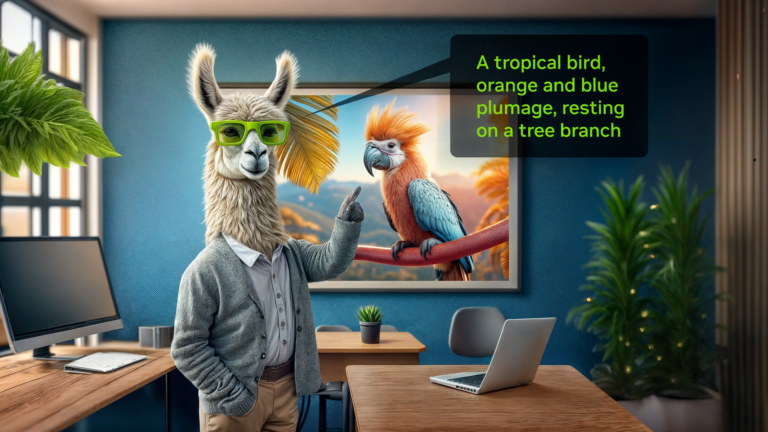
Expanding the open-source Meta Llama collection of models, the Llama 3.2 collection includes vision language models (VLMs), small language models (SLMs), and an updated Llama Guard model with support for vision. When paired with the NVIDIA accelerated computing platform, Llama 3.2 offers developers, researchers, and enterprises valuable new capabilities and optimizations to realize their��
]]>
Vision-language models (VLMs) combine the powerful language understanding of foundational LLMs with the vision capabilities of vision transformers (ViTs) by projecting text and images into the same embedding space. They can take unstructured multimodal data, reason over it, and return the output in a structured format. Building on a broad base of pretraining, they can be easily adapted for��
]]>
An exciting breakthrough in AI technology��Vision Language Models (VLMs)��offers a more dynamic and flexible method for video analysis. VLMs enable users to interact with image and video input using natural language, making the technology more accessible and adaptable. These models can run on the NVIDIA Jetson Orin edge AI platform or discrete GPUs through NIMs. This blog post explores how to build��
]]>
Full fine-tuning (FT) is commonly employed to tailor general pretrained models for specific downstream tasks. To reduce the training cost, parameter-efficient fine-tuning (PEFT) methods have been introduced to fine-tune pretrained models with a minimal number of parameters. Among these, Low-Rank Adaptation (LoRA) and its variants have gained considerable popularity because they avoid additional��
]]>
NVIDIA JetPack SDK powers NVIDIA Jetson modules, offering a comprehensive solution for building end-to-end accelerated AI applications. JetPack 6 expands the Jetson platform��s flexibility and scalability with microservices and a host of new features. It��s the most downloaded version of JetPack in 2024. With the JetPack 6.0 production release now generally available��
]]>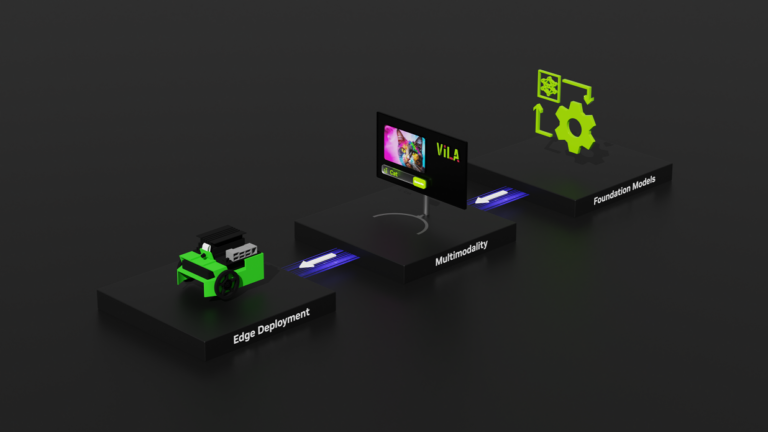
Note: As of January 6, 2025, VILA is now part of the Cosmos Nemotron VLM family. NVIDIA is proud to announce the release of NVIDIA Cosmos Nemotron, a family of state-of-the-art vision language models (VLMs) designed to query and summarize images and videos from physical or virtual environments. Cosmos Nemotron builds upon NVIDIA��s groundbreaking visual understanding research including VILA��
]]>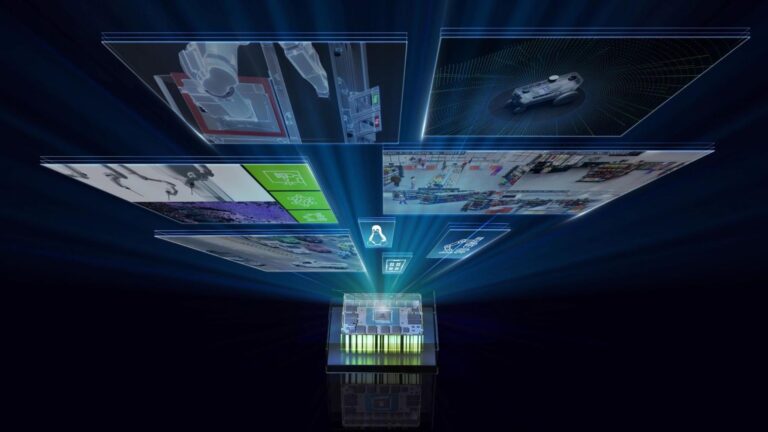
Note: As of January 6, 2025 VILA is now part of the new Cosmos Nemotron vision language models. Visual language models have evolved significantly recently. However, the existing technology typically only supports one single image. They cannot reason among multiple images, support in context learning or understand videos. Also, they don��t optimize for inference speed. We developed VILA��
]]>
Recently, NVIDIA unveiled Jetson Generative AI Lab, which empowers developers to explore the limitless possibilities of generative AI in a real-world setting with NVIDIA Jetson edge devices. Unlike other embedded platforms, Jetson is capable of running large language models (LLMs), vision transformers, and stable diffusion locally. That includes the largest Llama-2-70B model on Jetson AGX Orin at��
]]>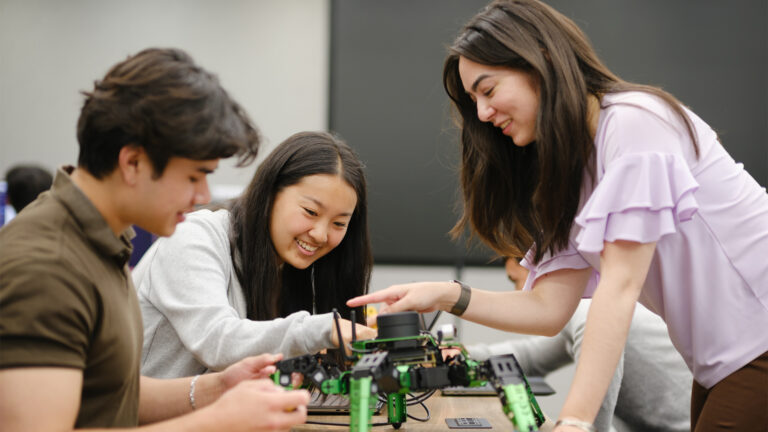
The NVIDIA Jetson Orin Nano and Jetson AGX Orin Developer Kits are now available at a discount for qualified students, educators, and researchers. Since its initial release almost 10 years ago, the NVIDIA Jetson platform has set the global standard for embedded computing and edge AI. These high-performance, low-power modules and developer kits for deep learning and computer vision give developers��
]]>